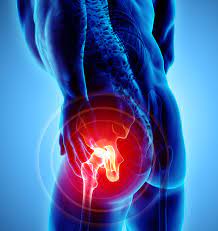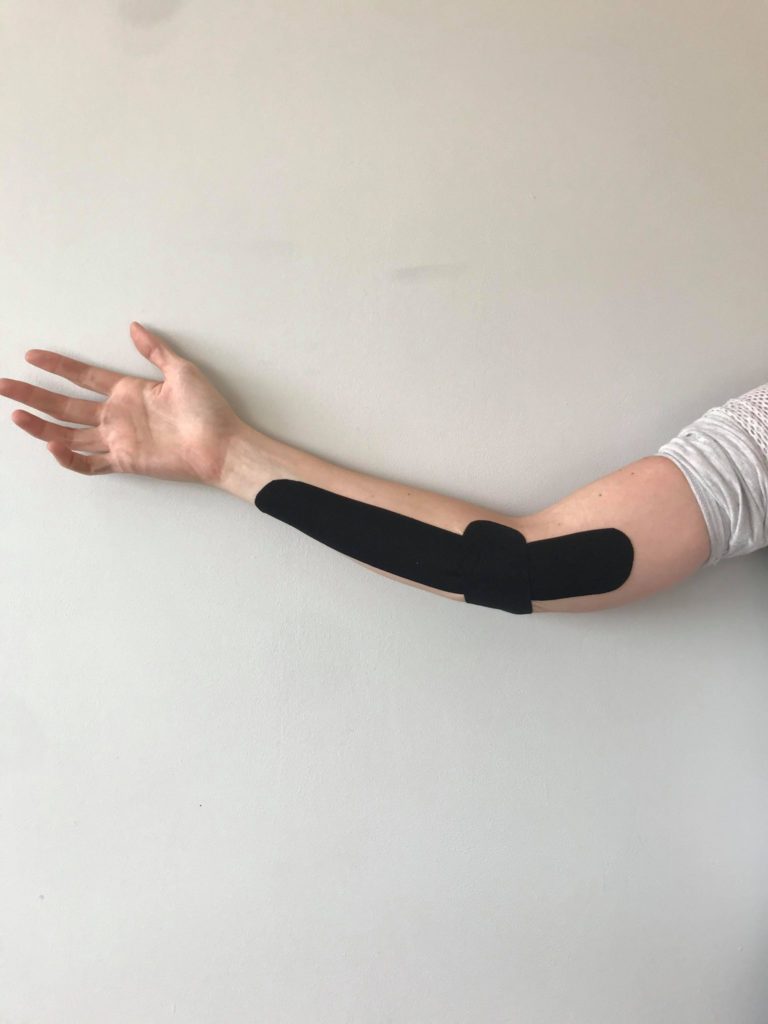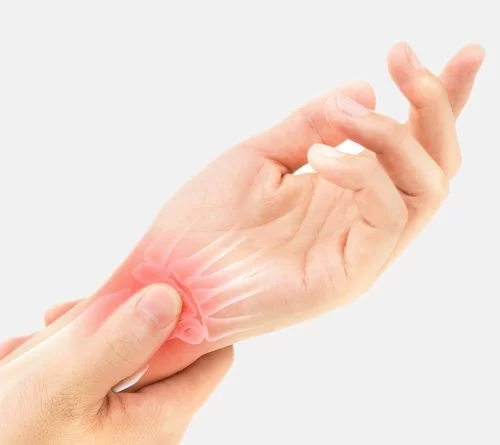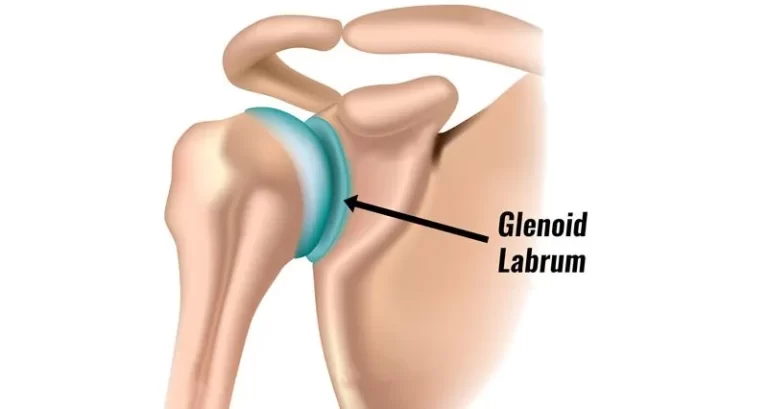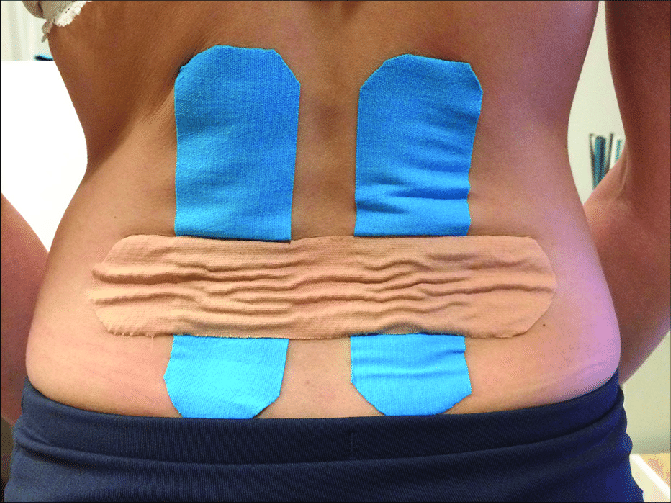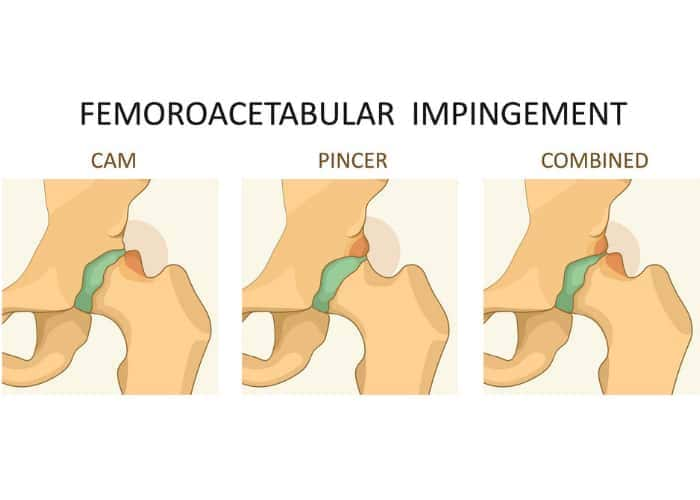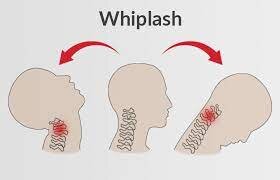Kinesio taping for Hip pain
Table of Contents
Introduction:
Kinesio taping for hip pain is a most useful technique to relieve pain and provide additional support to involve the area and also prevent additional injury. This is the most effectual and protective treatment.
It gives static as well as dynamic support to the affected area of the hip. kinesio taping gives dynamic stability to the joint while typical taping gives static stability to the hip.
it’s also called kinesiology tape recording or kinesiology therapeutic tape recording. is an elastic cotton strip with acrylic glue that is purported to ease pain and disability from athletic injuries and a variety of other physical conditions.
Kinesiological tapping could be a rehabilitative cum protecting use of elastic kinesiological tapes to supply :
- reduction in hip pain
- enhancing performance of hip joint
- preventing any injuries
- support to the involved area of the hip
- repositioning of structure
- facial and ligamentous correction.
Hip pain is a common complaint that can be caused by a wide variety of problems. The precise position of your hip pain can deliver valuable suggestions about the underlying cause.
Hip pain can occur because of arthritis of the hip, injuries at the hip, or problems with your hip joint. People of all ages can experience hip pain, but elderly people are more likely to develop it due to arthritis and bone fractures.
Dancers, acrobats, and other athletes who move their hips in all directions are more likely to injure their hips, especially from overuse.
Hip pain can occasionally be caused by conditions in other areas of your body, similar to your lower back. this type of pain is called referred pain.
Relevant anatomy :
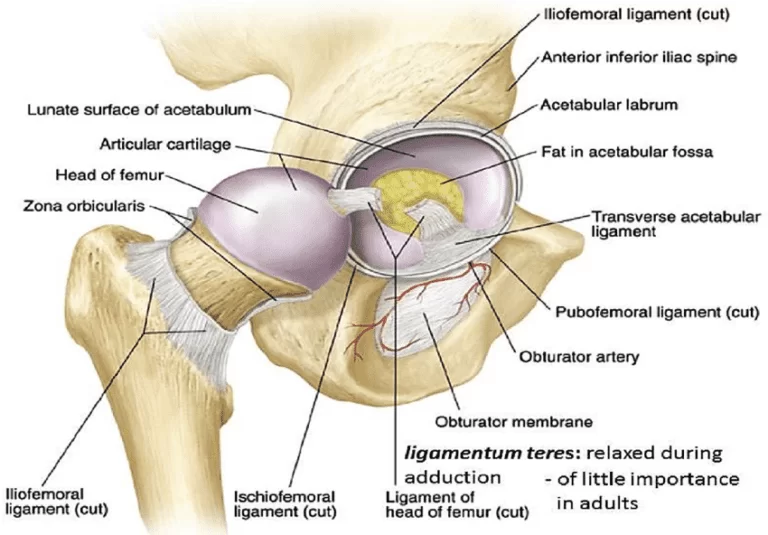
- The hip joint is where the ball of the thigh bone( femur) joins the pelvis at a socket called the acetabulum.
- There’s cartilage covering both the bone of the femur and the acetabulum of the pelvis in the hipsterism joint.
- A joint filling tissue, called synovium, surrounds the hip joint. The synovium tissue produces fluid that lubricates the joint and provides nutrients to the joint’s cartilage.
- The ligaments around the hip joint attach the femur bone to the bony pelvis. There are a number of muscles and tendons that glide around the hip joint.
- Bitty fluid-filled sacs, called bursae, give gliding outsides for muscles and tendons around the hip joint. Major arterials and modes pass the front of the hip joint.
- The largest nerve of the body, the sciatic nerve, passes behind the hip joint. The hip joint is one of the large joints of the body and serves in locomotion as the thigh moves forward and backward( gait).
- The hip joint also rotates when sitting and with changes of direction when walking
Causes of hip pain :
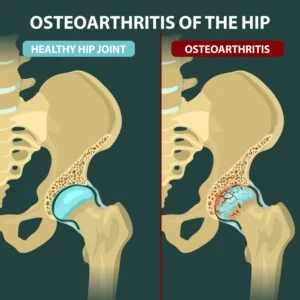
Arthritis -Many types of arthritis can affect the hips, including osteoarthritis, rheumatoid arthritis, and ankylosing spondylitis. Hip osteoarthritis is common. It causes joint pain and swelling. Arthritis can affect people of all ages, but aged people are more probably to have the condition.
Injuries Overuse or trauma can damage your muscles, bones, tendons(rigid filaments that attach muscles to bones), and ligaments( tissues that connect bones to other bones). Athletes who perform repetitive movements are particularly prone to overuse injuries. older people are more likely to break a hip because bones get more fragile as they grow up.
Some of the kinds of hip injuries you can experience could include :
- Dislocated hip
- Labral tears (damage to the cartilage in the hip socket)
- Hip strains
- Fractures
- Snapping hip syndrome
repositioned hip labral incisions( damage to the cartilage in the hip socket) Hip strainsFracturesSnapping hip developmentBursitis Bursae give cushion to our joints.
These are sacs, filled with fluid that is located inside of the hip. These bursa sacs can get bothered and swollen from injury, overuse, or arthritis. When this happens, a painful condition called bursitis can develop. Structural abnormalities Experimental dysplasia of the hip( DDH) can affect babies.
When the hip socket is too shallow, the ball part of the ball-and-socket hip joint doesn’t stay in the socket. Development dysplasia of the hip runs in families. It can affect a breech delivery when the baby’s bases come out first).
Without treatment, Developmental dysplasia of the hip can generate pain subsequently in life. Childhood illness Perthes illness( also known as Legg Calvé Perthes illness) is a rare hip condition that affects children between ages 6 and Perthes illness causes temporary blood loss to the ball at the end of the femur( thighbone).
As a result, the bony ball breaks down and changes shape. Over time, it no longer fits snugly in the socket, causing hip joint pain.
Risk factors:
- Even though anyone can have hip pain, some threat factors make hip pain more likely. old age is one of the most common threat factors for hip pain. That is because as we get older, all those years of wear- and- tear inside the joint begin to add up.
- Cartilage breakdown inside the joint can contribute to inflammation, leading to a wide cause of hip pain and osteoarthritis.
- still, you can also be at a greater threat of future hip pain, substantially if the injury was severe or hip If you have had a prior hip injury. did not heal correctly.
- Being chubbiness is another threat factor — not surprising, considering your hips need to bear all those extra pounds all day long.
- Older age, previous injury, and excess weight are also threat factors for developing arthritis in the hip.
- perhaps you play a lot of dynamic sports or have a job that puts a lot of strain on your hips. In that case, you could also be more prone to injuries.
- Part of that’s due to increased wear and tear on the hips, and part is because these activities might put you at greater threat of fractures, strains, or tendon or ligament tears.
- On the other hand, if you lead a veritably inactive, sedentary civilization, weak hip muscles can leave you more vulnerable to discomfort and injury.
Taping technique:
Developed By Dr. Kenzo Kase in 1979. The Kinesio Taping Method is the definitive rehabilitative taping system of knowledge and is designed to facilitate the body’s natural recovery process while furnishing support and stability to muscles and joints without limiting the body’s range of movement, as well as supplying extended soft tissue manipulation to elongate the benefits of manual therapy administered within the clinical setting.
Latex-free and wearable for days at a time, Kinesio Tape is safe for populations ranging from pediatric to the elderly, and successfully treats a variety of orthopedic, neuromuscular, neurological, and other medical conditions.
The Kinesio Taping Method is a therapeutic taping technique not only offers you the support you are looking for but also assists in the rehabilitation of injury and physiological dysfunction. further, we used two types of taping methodologies.
Application :
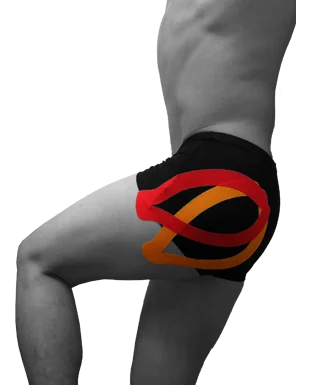
- Application of Kinesio taping to gluteus medius muscle. Before application, the skin was shaved, cleaned with an alcohol swab, and dried. Two “I” strips of Kinesio taping were used.
- The Kinesio taping was applied from origin to insertion to facilitate the gluteus medius muscle function. For the application of the first “I” strip, Kinesio taping was measured from the iliac crest to the greater trochanter and then cut.
- The edges of the Kinesio taping were rounded. The patient was made to lie in a side-lying position, with the ipsilateral hip facing the ceiling. The ipsilateral hip was then placed in adduction.
- The proximal end (anchor)was attached to the lateral lip of the iliac crest with no tension. With 15–35% tension the Kinesio taping was applied to the anterior border of the gluteus medius muscle. eventually, the distal end of the Kinesio taping was fixed to the greater trochanter with no tension.
- For the application of the second “I” strip, Kinesio taping was measured from the posterior superior iliac spine (PSIS) to the greater trochanter and also cut.
- The ipsilateral hip was then flexed and adducted. The anchor was attached at the lip of the iliac crest lateral to the posterior superior iliac spine, with no tension.
- With 15–35% tension the Kinesio taping was applied to the posterior border of the gluteus medius muscle. Finally, the distal end of the Kinesio taping was fixed to the greater trochanter with no tension.
How to remove tape?
- When removing the tape recording, it’s important to ensure you do not just tear it off as you could damage your skin and produce aggravation.
- To begin, insure you are removing the product in the direction of your hair growth, to lessen any discomfort suffered. Ease it off precisely, folding the edge of the tape recording back sluggishly.
- Make sure to check that you are shelling the removed tape recording back against the still-applied tape recording at an angle, as opposed to just ripping it off.
- With your other hand, pull your skin tense and pull gently but forcefully in the opposite direction of the applied tape recording, to support the separation of skin and tape recording and to insure minimum discomfort.
- Still, it’s a good idea to press down vigorously on the tape recording as you’re shelling it back, in order to reduce pain, If you haven’t shaved before applying the tape recording and the area of the body you have treated has a lot of hair growth.
- instead, you apply a gluey dissolving agent like baby oil painting, rubbing it in and leaving for roughly 5 minutes, before trying to remove the tape recording sluggishly.
- This will lessen the stickiness and ensure a smooth removal, with no pain. Always use a product like baby or olive oil painting to remove Kinesio or rigid tape recording if you have sensitive skin or are prone to irritation.
- When you need to remove Kinesio or rigid tape recording, take care to pull it gently and at a slight angle, in the direction of any hair growth, pulling your skin taut with your other hand.
- Doing it this way will minimize any discomfort or pain and will insure your skin isn’t listed as the tape recording is removed. You can encourage easier junking by stretching the skin behind the tape recording with a fingertip.
- When you need to remove Kinesio or rigid tape recording, take care to pull it gently and at a slight angle, in the direction of any hair growth, pulling your skin taut with your other hand.
- Doing it this way will minimize any discomfort or pain and will insure your skin isn’t listed as the tape recording is removed.
- You can encourage easier junking by stretching the skin behind the tape recording with a fingertip.
- However, cover the tape recording with a dissolving agent like an olive oil painting or a baby oil painting, and leave for a few twinkles, If you have sensitive skin or want an indeed gentler removal.
Is Kinesio taping well for hip pain?
Yes, Kinesio taping for hip pain is a most helpful technique to relieve pain and provide additional support to involve the area and also prevent additional injury. This is the most effective and supporting treatment. It gives static as well as dynamic support to the affected area.
How long can you keep Kinesio tape on?
Once a physical therapist or sports medicine provider positions the tape, it can remain on the skin as long as the adhesive works, usually for two or three days. The adhesive is strong enough to withstand approved activities, showers, and daily life movements. Of course, if the adhesive causes itching, rash, or other types of discomfort, the tape should be removed.
How does Kinesio tape work for hip pain?
This therapeutic taping method is supposed to alleviate pain and facilitate lymphatic drainage by microscopically lifting the skin. Kinesio Tape allows for proper movement and provides support in the right direction to prevent injuries in athletes or to lift the skin away from the fascia, allowing for increased circulation. It could possibly create increased sensory input in injured tissue which can expedite healing. It totally made sense to me and sounded like a pretty reasonable modality.
Why tape the hip?
There are multiple reasons for taping the hip. For this taping method, we will be focusing on the Iliotibial Band ( the ligament that runs down the side of the leg)and the musculature that surrounds this area of the hip. Overuse is one of the main reasons an athlete may experience hip discomfort. Check out the anatomical landmarks we will hit in our taping below.
What are the top five benefits of Kinesio taping of the hip?
1. decrease pain
2. increases circulation and decreases inflammation
3. improve the muscle support
4. improve athletic performance
5. supported endogenous analgesic system

